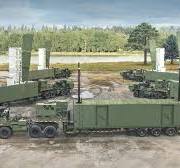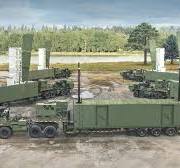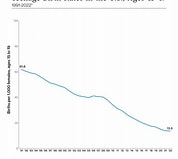
Philippine President Ferdinand Marcos Jr. recently leveraged the U.S. Typhon missile system against China boldly. Philippine President Ferdinand Marcos Jr. made a bold offer to China, proposing to remove the U.S. Typhon missile system from the Philippines if China ceased its aggressive actions in the South China Sea.
The U.S. Army installed the Typhon missile system in the northern Philippines in April 2024 to support joint combat readiness training with Filipino troops. This deployment was part of the annual Salaknib exercise, which aims to enhance both nations’ interoperability and defense capabilities.
Chinese Foreign Ministry spokesperson Mao Ning accused the Philippines of creating tensions and inciting geopolitical confrontation by allowing the U.S. missile system on its soil. Mao Ning emphasized that the presence of the Typhon missile system was a highly dangerous move and an irresponsible choice that could destabilize the region.
U.S. Army Deploys New Missile System to the Philippines – Naval News
In response, Philippine Defense Secretary Gilberto Teodoro firmly rejected China’s demand to remove the missile system, labeling it interference in the Philippines’ internal affairs. Teodoro defended the deployment of the Typhon missile system, stating that it was a legitimate and legal measure to enhance the country’s defense capabilities and protect its maritime interests.
President Marcos Jr. reiterated his stance, challenging China to stop its aggressive behavior in the South China Sea, including harassing Filipino fishermen, ramming boats, and firing lasers at Philippine vessels. He emphasized that if China ceased these actions, he would be willing to return the Typhon missile system to the United States.
The situation remains tense, with both nations standing firm on their positions. The U.S. and the Philippines continue strengthening their defense alliance, while China maintains its objections to the missile system’s presence. The outcome of this geopolitical standoff will likely have significant implications for the stability and security of the South China Sea region.




